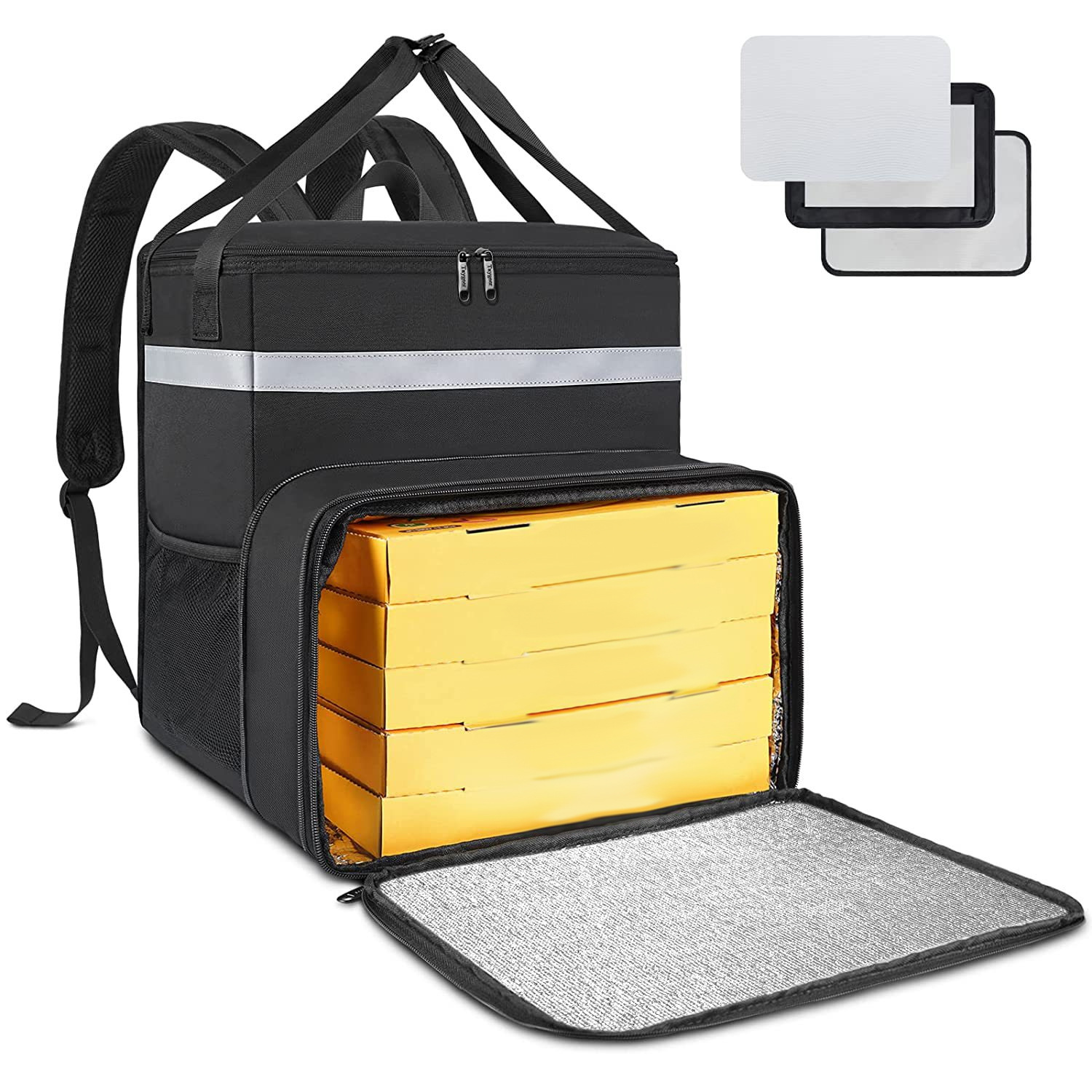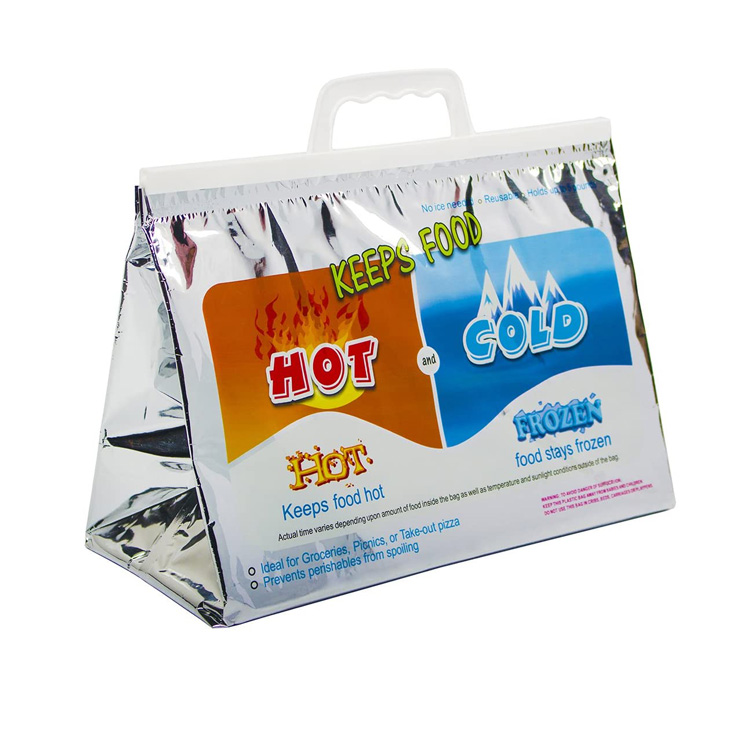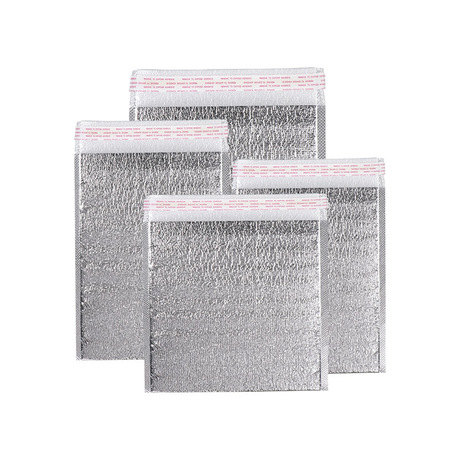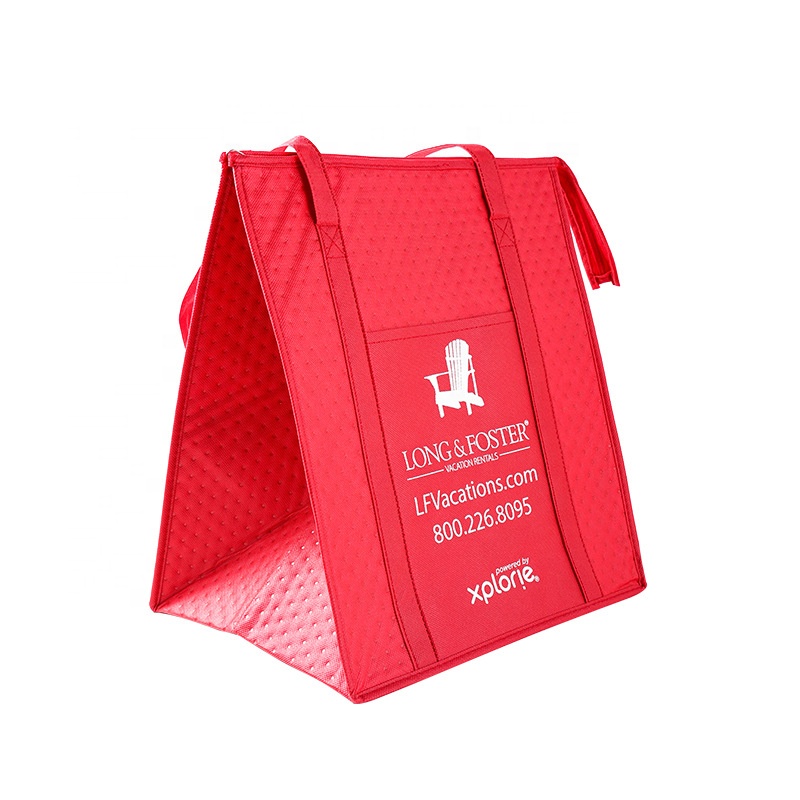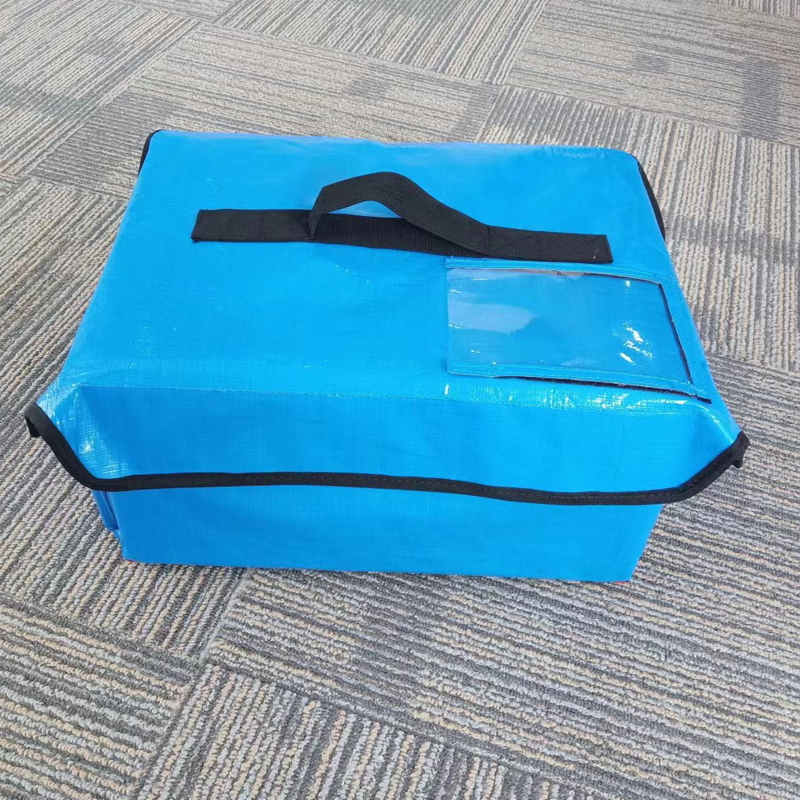In our fast-paced lives, enjoying a fresh and nutritious lunch is a simple pleasure that can greatly boost our mood. No entanto, as time goes by, the temperature inside a lunch box tends to rise, putting our carefully prepared meals at risk of spoilage. This is where lunch box cooling packs become reliable companions, ensuring that our lunches remain fresh, delicioso, and safe to eat.
The Science Behind Lunch Box Cooling Packs
The working principle of cooling packs is based on heat transfer. Most cooling packs are filled with specialized gel or water-based solutions that have a low freezing point. When a cooling pack is placed inside a lunch box, its temperature is significantly lower than that of the surrounding air and food. Heat naturally transfers from warmer objects to cooler ones; therefore, the heat from sandwiches, frutas, or yogurt gradually moves into the cooling pack. As the cooling pack absorbs this heat, it slowly warms up. No entanto, thanks to its unique chemical composition, the cooling pack can store a large amount of thermal energy before its temperature rises noticeably. This continuous process of heat absorption effectively maintains a low-temperature environment inside the lunch box, forming a solid barrier against the growth of bacteria and mold— the main culprits behind food spoilage.
Types of Lunch Box Cooling Packs
Gel Cooling Packs
Gel cooling packs are one of the most popular choices on the market. They are pre-filled with high-performance gel that boasts excellent heat absorption capacity, enabling them to absorb a substantial amount of heat and remain cold for an extended period. Their flexibility is another major advantage, allowing them to easily adapt to various shapes and sizes of lunch boxes. Adicionalmente, these cooling packs feature leak-proof technology, eliminating concerns about messy spills inside the lunch box and making their use hassle-free.
Ice-Water Cooling Packs
Ice-water cooling packs offer a simple and cost-effective alternative. These cooling packs are typically made by filling a plastic bag or container with a mixture of ice cubes and water. While they are very convenient to prepare at home, they do have some limitations: in warmer environments, the ice cubes can melt quickly, meaning they may not keep your food cold as long as gel cooling packs. Além disso, if the bag or container is not properly sealed, it may create a mess and damage your lunch and other belongings.
Reusable Silicone Cooling Packs
Reusable silicone cooling packs are the latest innovative products on the market. Made from food-grade silicone, they are non-toxic and safe to use. Their durability is a major selling point, as they can be reused repeatedly without significant wear and tear. Cleaning these cooling packs is also very simple, making them an eco-friendly choice. Adicionalmente, they often feature innovative designs, such as built-in compartments for better organization or adjustable straps that secure them firmly in the lunch box, thereby enhancing both functionality and convenience.

Common Usage Scenarios
For Students
Students of all ages can benefit from lunch box cooling packs. Whether it’s an elementary school student eagerly looking forward to a peanut butter and jelly sandwich or a high school student enjoying a fresh salad, the cooling pack serves as a reliable safeguard, ensuring that their lunch remains fresh throughout a long school day. It also allows students to choose a wider variety of foods, such as cold cuts or yogurt, which would otherwise spoil without proper cooling.
For Office Workers
Office workers who choose to bring their lunch can also rely on cooling packs to improve their midday dining experience. Por aqui, they won’t have to rush out to buy lunch or endure wilted, unappetizing sandwiches; instead, they can enjoy a fresh and delicious meal. Cooling packs make it possible to pack leftovers from last night’s dinner, such as pasta or stir-fry, and keep the food’s quality intact until lunchtime, thus saving both time and money.
For Outdoor Enthusiasts
For those who enjoy outdoor activities like picnics, camping, or hiking, cooling packs are an indispensable part of their gear. They can keep food and drinks cool even under the scorching sun, allowing you to enjoy a refreshing meal during your outdoor adventures. You can confidently pack cold beverages, cheese platters, and cold cuts, knowing that the cooling pack will ensure these foods always remain fresh. This not only makes your meal more satisfying but also enhances the overall experience of your outdoor excursion.

Practical Tips for Using Lunch Box Cooling Packs
Pre-Cool the Lunch Box
Before packing your lunch, it is recommended to place the lunch box in the refrigerator or freezer for a short period to pre-cool it. This step effectively lowers the initial temperature inside the lunch box, enhancing the cooling efficiency of the cooling pack and prolonging the freshness of your food.
Optimal Placement of the Cooling Pack
Place the cooling pack as close as possible to perishable items. Por exemplo, if you have a carton of milk or a block of cheese, position the cooling pack right next to it. This ensures that heat is directly transferred from the food to the cooling pack, keeping the food at a consistently low temperature and maintaining its freshness for a longer period.
Consider the Required Cooling Duration
If you expect to need to keep your lunch cold for an extended period—such as during a long trip—it is advisable to consider using multiple cooling packs or a cooling pack with a larger capacity. Adicionalmente, be sure to check the product specifications to understand how long the cooling pack can maintain its low temperature under different conditions.

Important Precautions
Do Not Consume the Contents of the Cooling Pack
Under no circumstances should you puncture or attempt to consume the gel or any other substances inside the cooling pack. If a gel cooling pack becomes damaged and starts to leak, discard it immediately and thoroughly clean the lunch box to prevent potential contamination of your food, as the substances inside are not meant for consumption.
Regularly Check for Damage
Antes de cada uso, carefully inspect the cooling pack for any cracks, buracos, or leaks. Using a damaged cooling pack may result in insufficient cooling, which can compromise the freshness and safety of your food. Timely detection of any damage can help avoid unexpected issues and ensure that your cooling pack always performs at its best.
Resumindo, lunch box cooling packs are a simple yet highly effective solution to keep your meals fresh on the go. By understanding their working principles, the different types available, and the proper usage techniques, you can enjoy a delicious and safe lunch wherever your daily activities take you. Whether you’re at school, in the office, or out on an outdoor adventure, cooling packs are the key to a satisfying midday meal.







